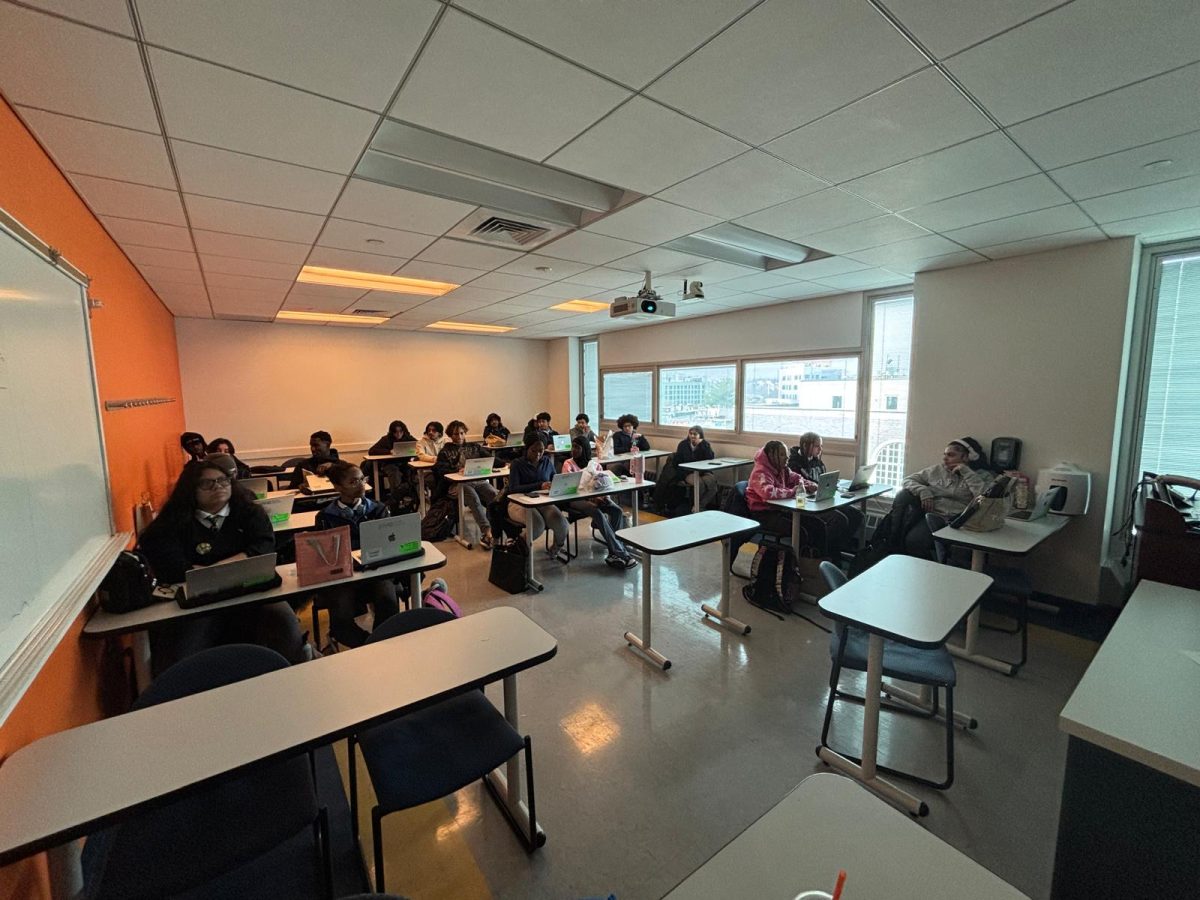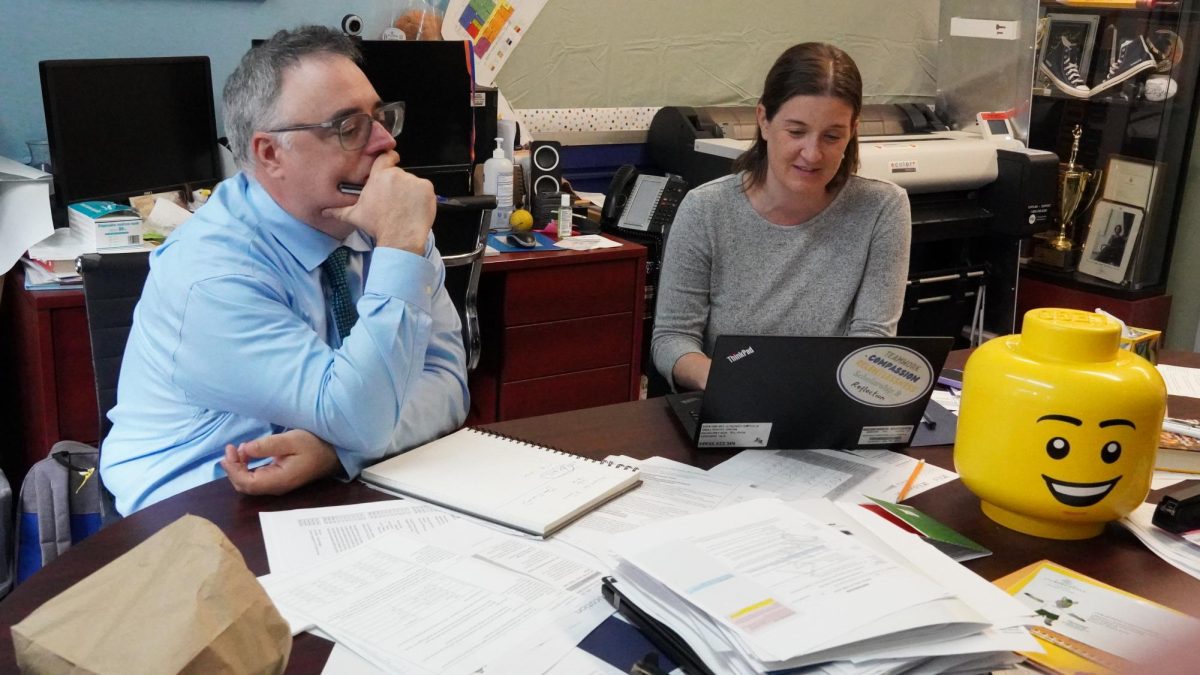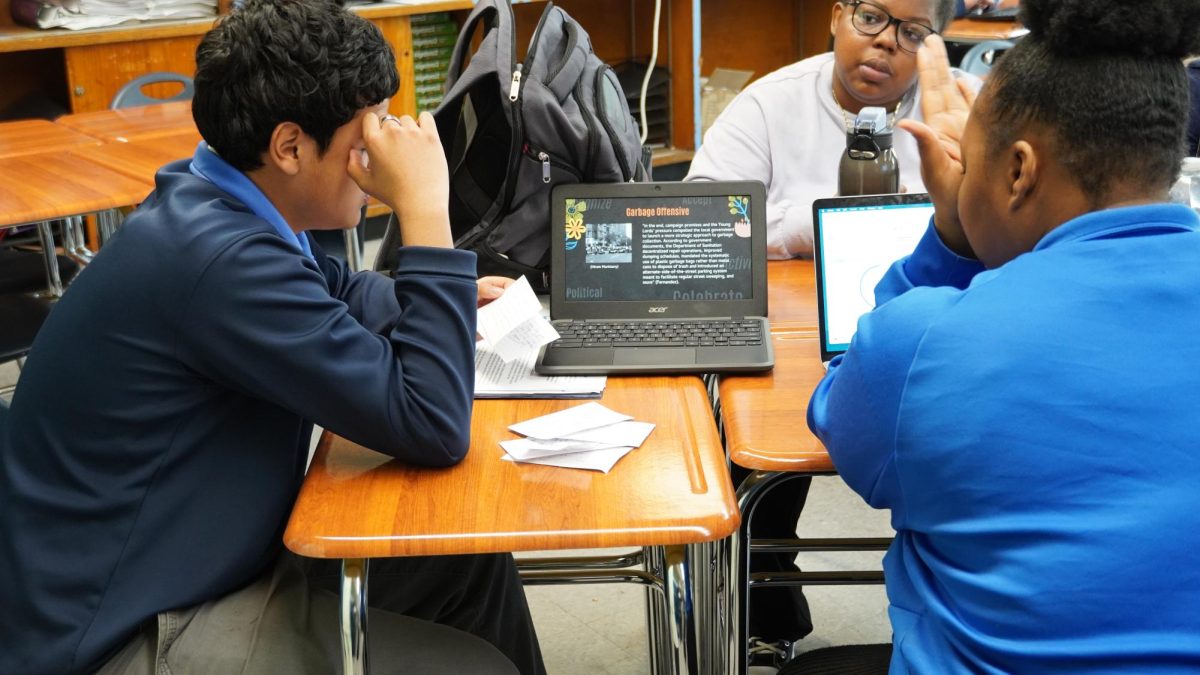Introduction
Inflation is the rate where the average level of prices for goods and services rises, crumbling purchasing power. It is an important economic issue that affects everyone, from consumers to businesses. As of October 2023, the inflation rate in the United States stands at about 3.7%, down from a peak of 9.1% in June 2022. This decrease shows the ongoing efforts by the Federal Reserve to fix the economy after the issues caused by the COVID-19 pandemic (Source: U.S. Bureau of Labor Statistics).
Real World Impact
To understand the real-world implications of inflation, I spoke to a local store owner, Sarah Thompson, who runs a grocery store downtown Manhattan. “Inflation has forced me to adjust my pricing several times in the past year,” she said. “I’ve had to raise the prices of essential items like bread and milk, which affects my regular customers. They are feeling the effects.”
I also interviewed a consumer, Mark Johnson, who shared his experience with rising grocery prices: “I used to spend around $100 a week on groceries for my family, but now it’s closer to $130. It’s kind of annoying to see prices go up so much, especially for basic needs.”
Data from the U.S. Department of Agriculture indicates that food prices have risen by 4.5% over the past year, with some staples seeing even higher increases.
Consequences of Inflation
Inflation has big effects on the daily lives of students and teachers alike. Many students are struggling with the rising costs of living. When Paige Innis was asked about the effects of inflation on her day to day life, she said “I used to manage my budget well, but now every little expense is adding up and it’s hurting my bank account a lot and i’m only a highschool student”
Additionally, inflation impacts savings and investments for so many people. According to a report by the Federal Reserve, the real interest rates on savings accounts are now negative, meaning that the purchasing power of savings is decreasing over time.
In a follow-up interview with local resident Linda Green, she explains her worries: “I worry about how I’ll afford my medications and groceries as prices continue to rise. It feels like I’m always trying to catch up.”
Actions Taken to Fight Inflation
To fight back against rising inflation prices and effects, the government has included many things, including interest rate hikes by the Federal Reserve to slow down spending and price increases. Communities have also been advocating for local initiatives to support those most affected.
Looking Ahead
Experts expect that inflation may stabilize around 3% in the coming year, though uncertainties are still floating about when it comes to global supply chains and geopolitical tensions. Financial analysts suggest that consumers should focus on budgeting, consider fixed-rate loans, and invest in assets that traditionally perform well during inflation times.
Conclusion
Understanding inflation is more important than ever as it impacts our daily lives and financial futures. Staying mindful about economic trends and engaging in discussions about inflation will help people make better financial decisions. I encourage readers to keep a close eye on economic signs and participate in community events about how to fight rising costs effectively and properly.
List of Interviewees & Sources
– Sarah Thompson, Store Owner
– Mark Johnson, Consumer
– Paig Innis, High School Student
– Linda Green, Local Residents
– U.S. Bureau of Labor Statistics























